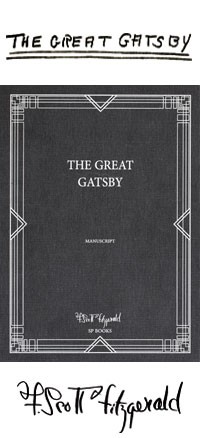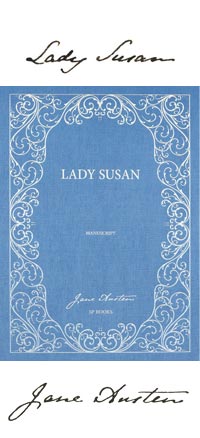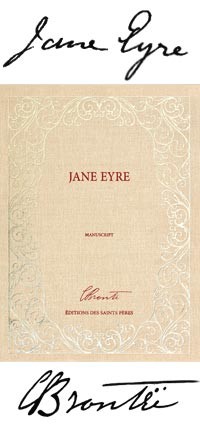At the Mountains of Madness by H.P. Lovecraft
Bottle Green edition,
numbered from 1 to 1,000,
At the Mountains of Madness : the manuscript of a cult work, reproduced for the first time
February 1931. During a cold winter night that brings a hush to Providence, Rhode Island, one man is wide awake. Leaning over his desk, he covers page after page with writing – sometimes in ink, sometimes in pencil for revisions – as the pile of sheets stacks up. Shadows dance around him from the glow of his candle, which flickers with the slightest breath.
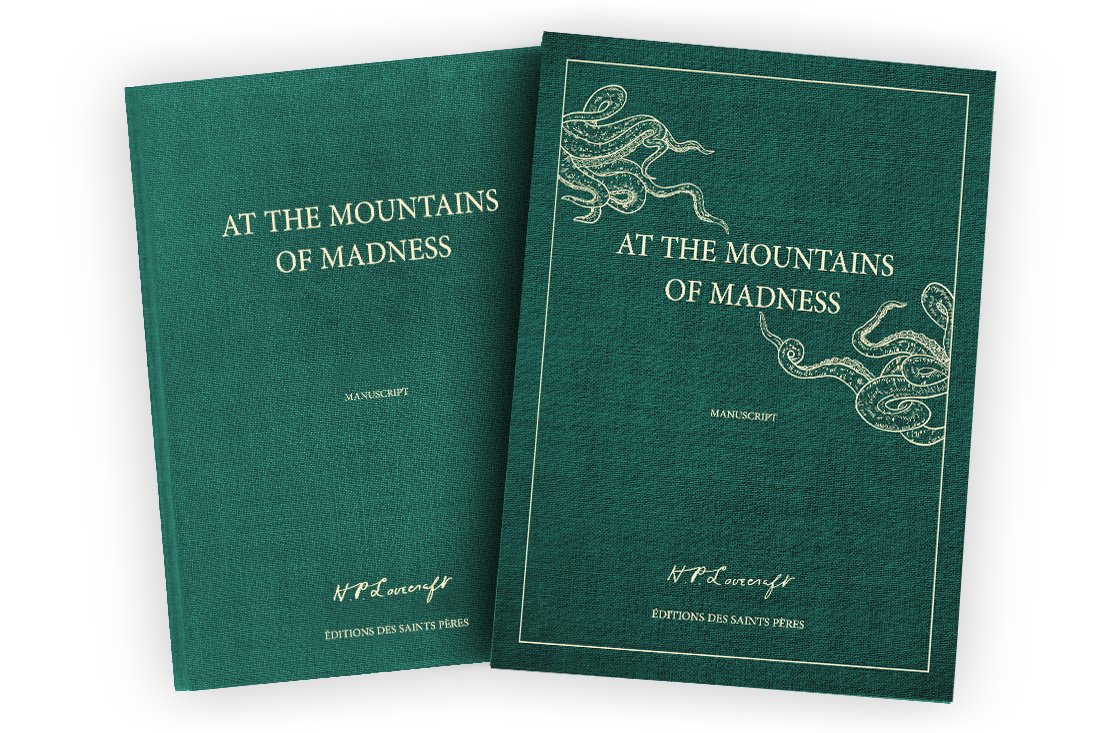
This man is Howard Phillips Lovecraft, who returned to his hometown in 1926 after several years in New York and Cleveland, following an unhappy marriage. Lovecraft tried to make a name for himself from his writing, in a Victorian-style house located at 10 Barnes Street which he was forced to leave for lack of funds soon after. In 1926, he was convinced that his latest story would appeal to Farnsworth Wright, the editor of Weird Tales magazine. He came up with a title, quickly scribbled down a few lines on the structure of his novel, and was midway through a plot that would take his reader on a terrifying expedition to the Antarctic Circle.
Less than a month later, on March 22, 1931, H. P. Lovecraft set down the final words ‘Tekeli-li! Tekeli-li! The End’, he wrote, probably with satisfaction, and even relief, on folio number 80. At this point, Lovecraft had no idea that it would take five long years for his novel to be published.
An essential adventure in Lovecraftian mythology
A scientific expedition from Miskatonic University leaves Boston, Massachusetts, for Antarctica. Teachers, assistants, dogs, drilling equipment, whalers: the journey takes two months to reach the foot of unknown, hostile mountains. While examining fossils, a small advance group of scientists is savagely decimated by a mysterious force. Professor Dyer and his student Danforth investigate their disappearance, which leads to the discovery of an ancient and abandoned stone city, and the history of the Ancients and the Shoggoths. The confrontation between mankind and these terrifying creatures belonging to the mountains of madness leads to inevitable tragedy…

The expression ‘mountains of madness’ appears in a story by Lord Dunsany, known to be one of Lovecraft’s greatest influences, but it's not certain that the latter remembered it when penning his novel. According to S. T. Joshi, the title refers to Lovecraft's belief that the truth about the universe is likely to provoke madness in man, such truth revealing man’s insignificance in the cosmos.
The genesis of the manuscript
In 1931, Lovecraft was in his forties and in frail health – he had only six years to live, and would die of illness in 1937. As a writer, he had already published short stories, including Dagon (written in July 1917 and published in November 1919 in The Vagrant magazine, then in Weird Tales in October 1923) and The Call of the Cthulhu (written in 1926 and published in February 1928 in Weird Tales). He wrote The Case of Charles Dexter Ward in 1928, but the story was not published until December 1941, also in Weird Tales.
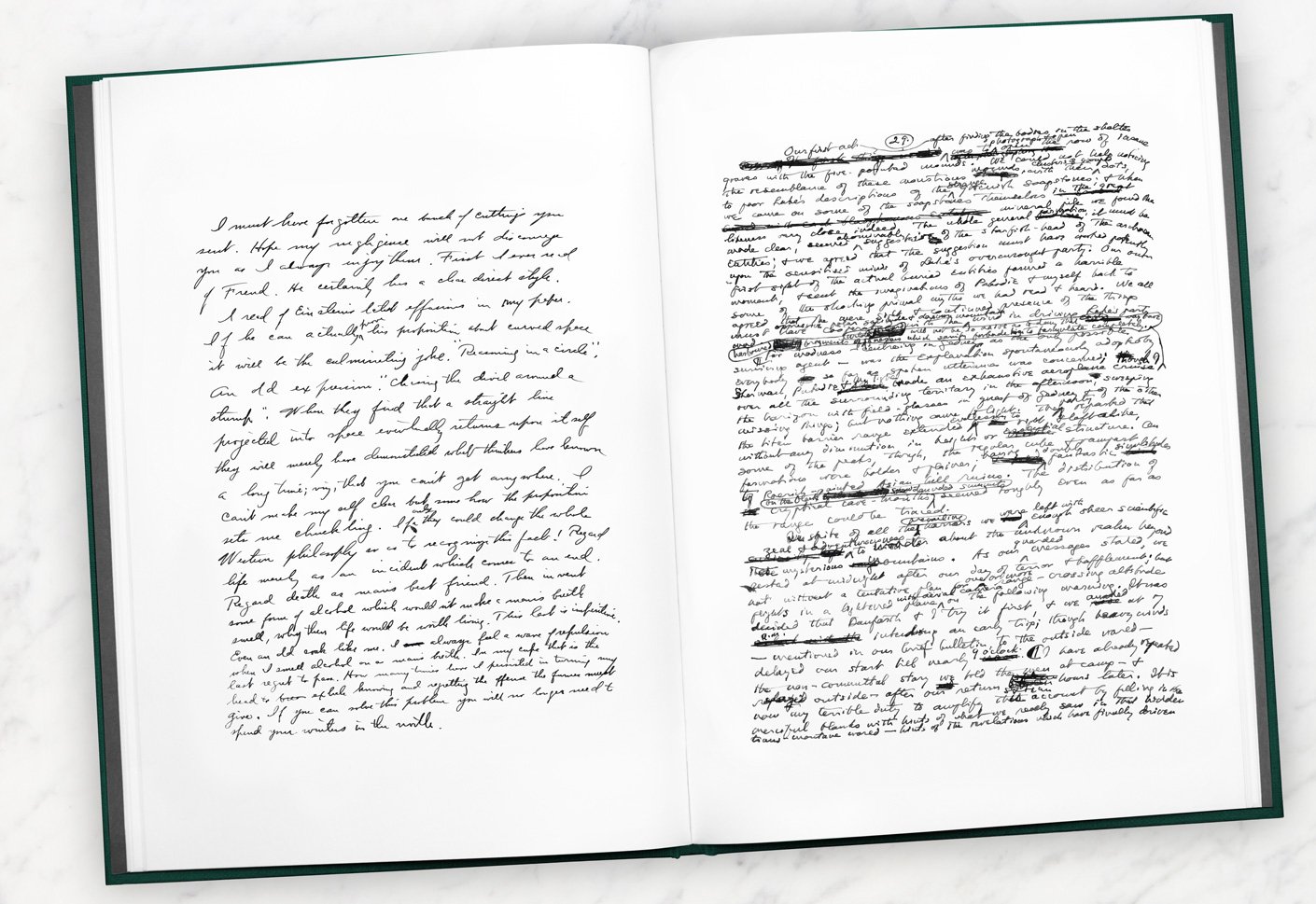
Why did Lovecraft decide to write At the Mountains of Madness at this particular stage of his life? While it's well known that he had been fascinated by the Antarctic continent since childhood, and that he followed the scientific expeditions carried out at the turn of the century with great interest, David Camus and other specialists believe that he may have been influenced by reading what he considered a very mediocre short story in Weird Tales in November 1930, entitled ‘A Million Years After’ by Katherine Metcalf Roof. The writer picked up his pen and decided to write his own Antarctic novel.
The manuscript was drafted on the back of various pages of correspondence, as Lovecraft had to be thrifty with his use of materials. He did, however, use the highest-quality paper where possible, as well as choosing the best of the advertisements that he was inundated with at the time to scribble on. The reader will discover in this manuscript typed letters from James F. Morton (from the Paterson museum), J. Morris Robinson (on the letterhead of Philadelphia's Bellevue-Stratford) and Maurice W. Moe.
From manuscript to publication, five long years
H. P. Lovecraft himself typed the manuscript of At the Mountains of Madness, which was completed on 1 May, 1931 and is held by the John Hay Library. ‘It does not appear that Lovecraft made any significant changes to the text of the novel until his agent, Julius Schwartz, submitted it to Astounding Stories in the autumn of 1935. In fact, I suspect Lovecraft did not look at the text in the meantime, because it reminded him of the painful rejection he had received from Weird Tales,’ explains S. T. Joshi. It was his agent, Julius Schwartz, who resubmitted the novel to Astounding Stories magazine in the autumn of 1935. At the Mountains of Madness was finally published in serial form in February, March, and April of the following year.
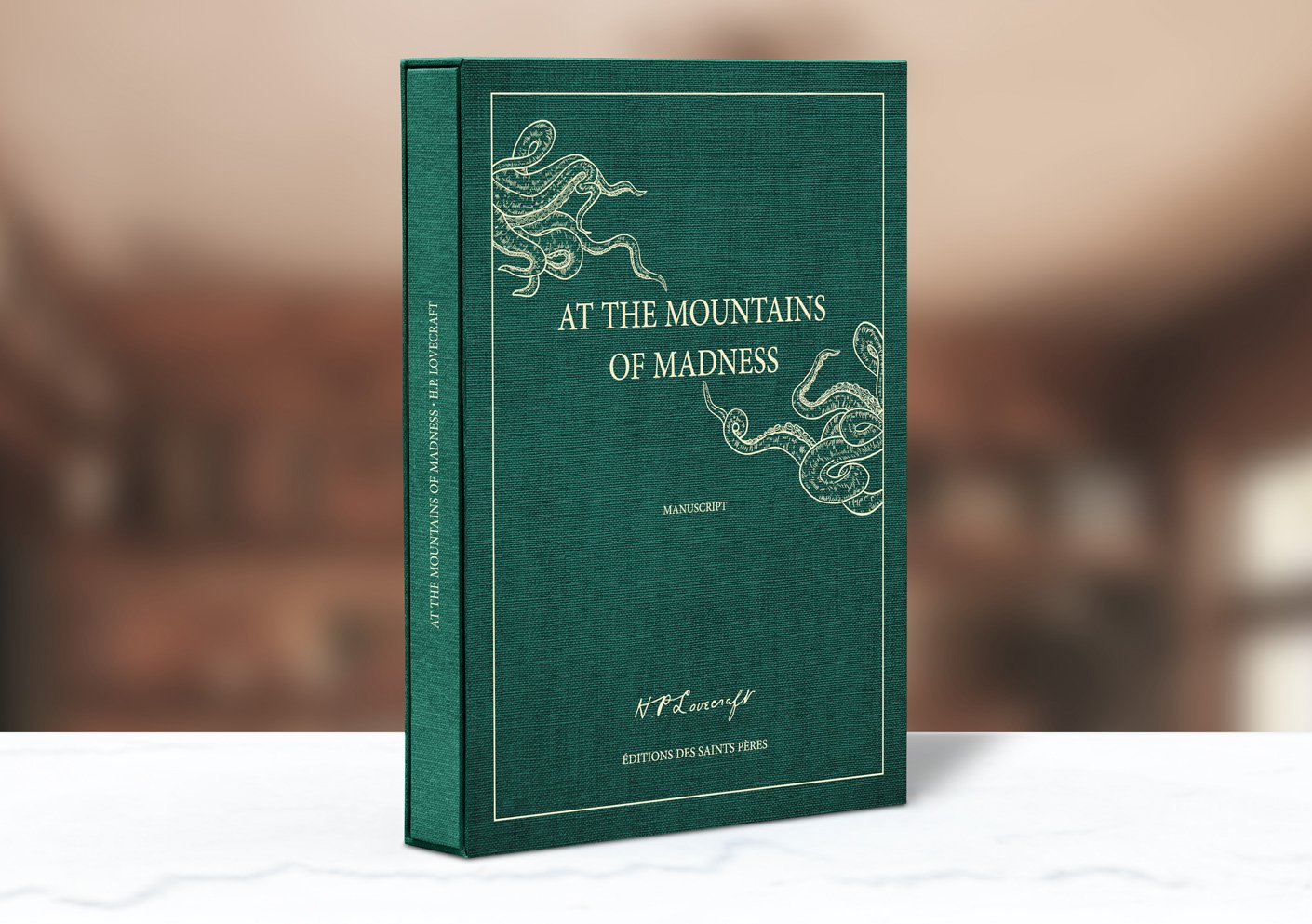
The text published in Astounding Stories differs in several aspects from the original manuscript version. Firstly, Lovecraft wished to correct an error he made in his description of Antarctica (two land masses separated by a frozen sea: a hypothesis that proved false following an aerial exploration of the continent in 1935). Numerous passages are crossed out by him (see, for example, pages 10, 49, 61 and 80). In addition, the editors of Astounding Stories made modifications of which Lovecraft was unaware, dividing his long paragraphs to make them shorter, altering his punctuation and eliminating his British spelling – even going so far as to eliminate around 1,000 words from the end of the novel. One can imagine the author's fury when he discovered this between the pages of the magazine.
The John Hay Library, Brown University, Providence (USA)
The John Hay Library at the prestigious Brown University houses a remarkable collection of rare books, editions and manuscripts. On his death, Lovecraft commissioned R. H. Barlow to be his literary executor. Although Barlow was not mentioned in Lovecraft's will, he was entrusted with this important task by Lovecraft's aunt. Barlow donated most of Lovecraft's manuscripts, archives and correspondence to the John Hay Library.
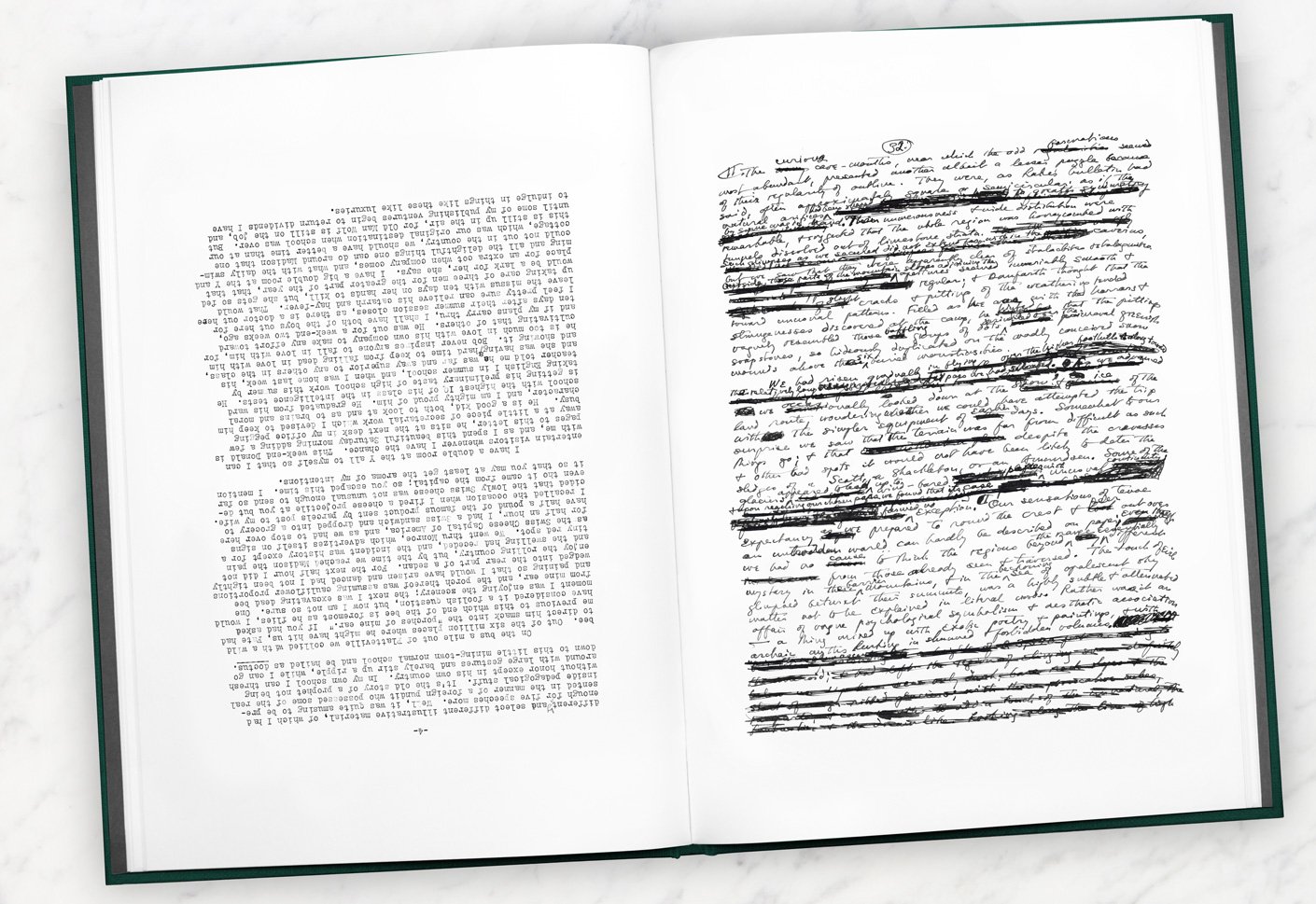
An introduction by S.T. Joshi
S. T. Joshi is a leading authority on H. P. Lovecraft, Ambrose Bierce, H. L. Mencken, and other writers, mostly in the realms of supernatural and fantasy fiction. He has edited corrected editions of the works of Lovecraft, several annotated editions of Bierce and Mencken, and has written such critical studies as The Weird Tale (1990) and The Modern Weird Tale (2001). His award-winning biography, H. P. Lovecraft: A Life (1996), has already become a collector’s item. An expanded and updated version, I Am Providence: The Life and Times of H. P. Lovecraft, was published in 2 volumes in 2010.
A foreword by David Camus
David Camus has worked in the publishing industry since his twenties as an agent, publisher, author and translator. His first novel series, the award-winning The Book of the Cross, was published from 2005-2009 (Robert Laffont) and has been translated into several languages. David has travelled widely to speak about his books, and for research. A specialist in H. P. Lovecraft, in 2010 he undertook the monumental task of translating his complete works. In January 2022 Mnémos published Les Contrées du rêve, the first of seven volumes that will form the complete set. David’s new novel, Le Pays qui descend, was published by Robert Laffont in October 2023. He now lives between France, Poland and the realms of Lovecraft.
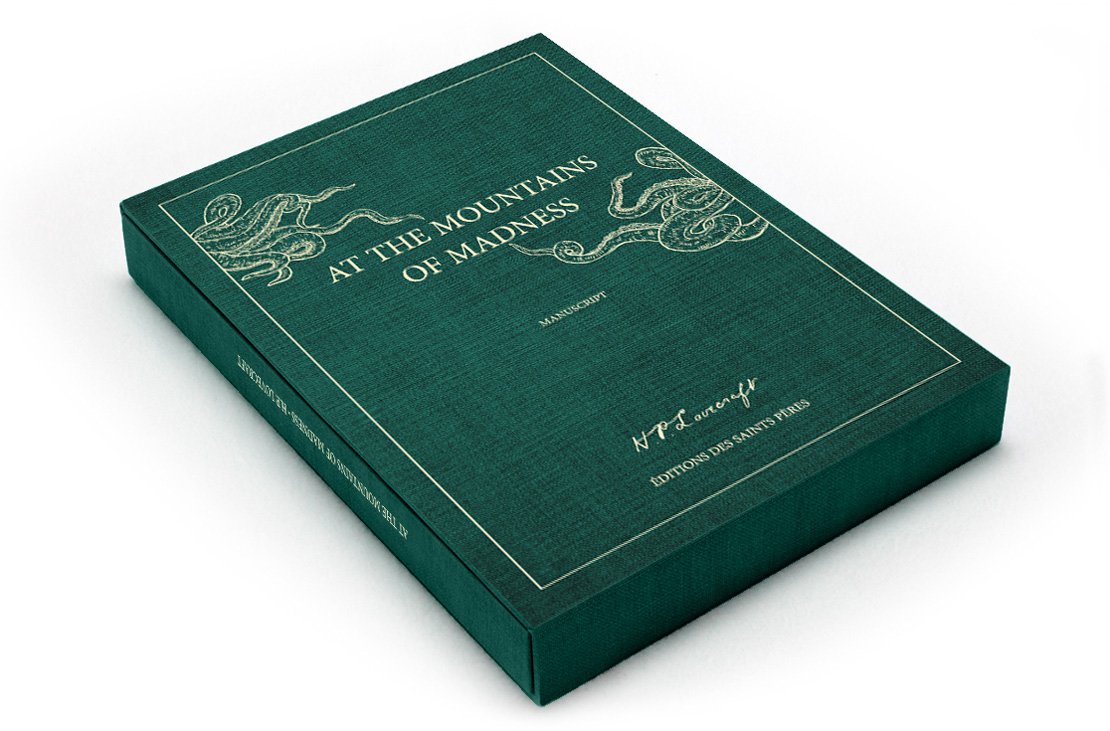
Deluxe edition
Numbered from 1 to 1,000, this Bottle Green edition is presented in a large format handmade slipcase.
Printed with vegetable-based ink on eco-friendly paper, each book is bound and sewn using only the finest materials.
Mrs Dalloway: Thanks to a new reproduction of the only full draft of Mrs. Dalloway, handwritten in three notebooks and initially titled “The Hours,” we now know that the story she completed — about a day in the life of a London housewife planning a dinner party — was a far cry from the one she’d set out to write (...)
The Grapes of Wrath: The handwritten manuscript of John Steinbeck’s masterpiece The Grapes of Wrath, complete with the swearwords excised from the published novel and revealing the urgency with which the author wrote, is to be published for the first time. There are scarcely any crossings-out or rewrites in the manuscript, although the original shows how publisher Viking Press edited out Steinbeck’s dozen uses of the word “fuck”, in an attempt to make the novel less controversial. (...)
Jane Eyre: This is a book for passionate people who are willing to discover Jane Eyre and Charlotte Brontë's work in a new way. Brontë's prose is clear, with only occasional modifications. She sometimes strikes out words, proposes others, circles a sentence she doesn't like and replaces it with another carefully crafted option. (...)
The Jungle Book: Some 173 sheets bearing Kipling’s elegant handwriting, and about a dozen drawings in black ink, offer insights into his creative process. The drawings were not published because they are unfinished, essentially works in progress. (...)
The Lost World: SP Books has published a new edition of The Lost World, Conan Doyle’s 1912 landmark adventure story. It reproduces Conan Doyle’s original manuscript for the first time, and includes a foreword by Jon Lellenberg: "It was very exciting to see, page by page, the creation of Conan Doyle’s story. To see the mind of the man as he wrote it". Among Conan Doyle’s archive, Lellenberg made an extraordinary discovery – a stash of photographs of the writer and his friends dressed as characters from the novel, with Conan Doyle taking the part of its combustible hero, Professor Challenger. (...)
Frankenstein: There is understandably a burst of activity surrounding the book’s 200th anniversary. The original, 1818 edition has been reissued, as paperback by Penguin Classics. There’s a beautifully illustrated hardcover, “The New Annotated Frankenstein” (Liveright) and a spectacular limited edition luxury facsimile by SP Books of the original manuscript in Shelley's own handwriting based on her notebooks. (...)
The Great Gatsby: But what if you require a big sumptuous volume to place under the tree? You won’t find anything more breathtaking than SP Books ’s facsimile of F. Scott Fitzgerald’s handwritten manuscript of The Great Gatsby, showing the deletions, emendations and reworked passages that eventually produced an American masterpiece (...)
Oliver Twist: In the first ever facsimile edition of the manuscript SP Books celebrates this iconic tale, revealing largely unseen edits that shed new light on the narrative of the story and on Dickens’s personality. Heavy lines blocking out text are intermixed with painterly arabesque annotations, while some characters' names are changed, including Oliver’s aunt Rose who was originally called Emily. The manuscript also provides insight into how Dickens censored his text, evident in the repeated attempts to curb his tendency towards over-emphasis and the use of violent language, particularly in moderating Bill Sikes’s brutality to Nancy. (...)
Peter Pan: It is the manuscript of the latter, one of the jewels of the Berg Collection in the New York Public Library, which is reproduced here for the first time. Peter’s adventures in Neverland, described in Barrie’s small neat handwriting, are brought to life by the evocative color plates with which the artist Gwynedd Hudson decorated one of the last editions to be published in Barrie’s lifetime. (...)
















